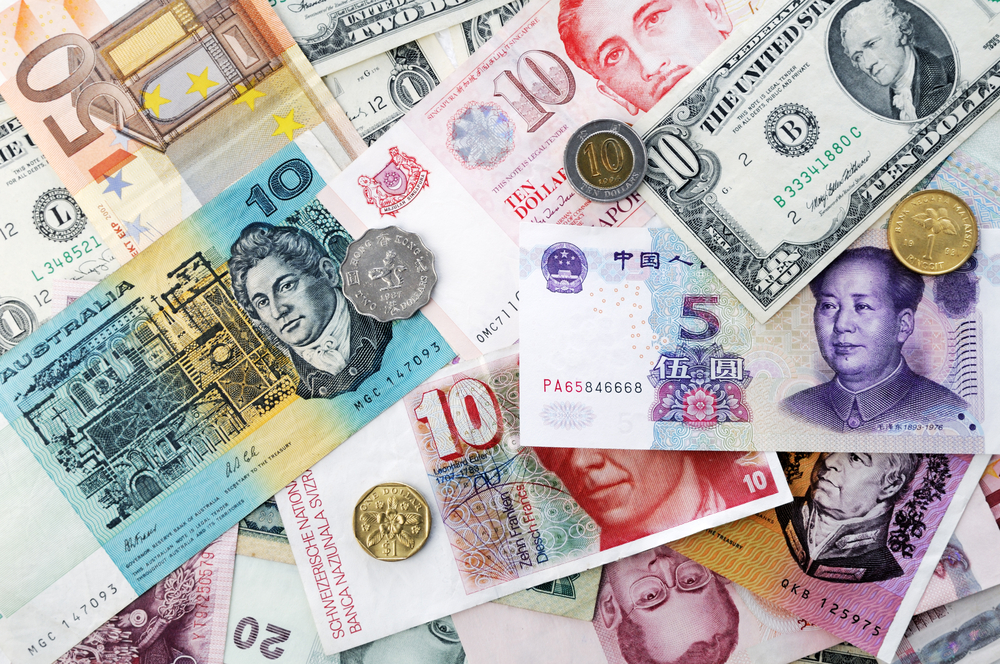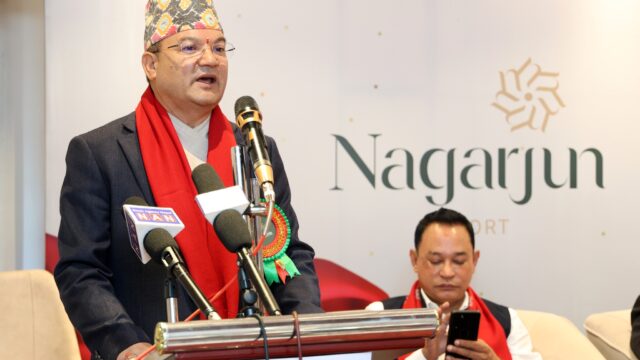Nepal Rastra Bank (NRB), the central monetary authority of Nepal, has announced the official foreign exchange rates for today. The fixed exchange rates determine the prices at which foreign currencies can be bought and sold in the country’s regulated banking sector. These rates play a crucial role in import-export activities, remittances, travel expenses, and overall economic planning.
Major Global Currencies: USD, Euro, Pound, and Franc
According to the NRB, the U.S. Dollar, one of the most heavily traded currencies in Nepal, has been set at NPR 137.44 for buying and NPR 138.04 for selling. The U.S. Dollar remains a dominant currency in international trade and remittance transactions, and even slight changes in its exchange rate can have a significant impact on the country’s foreign reserve management and economic calculations.
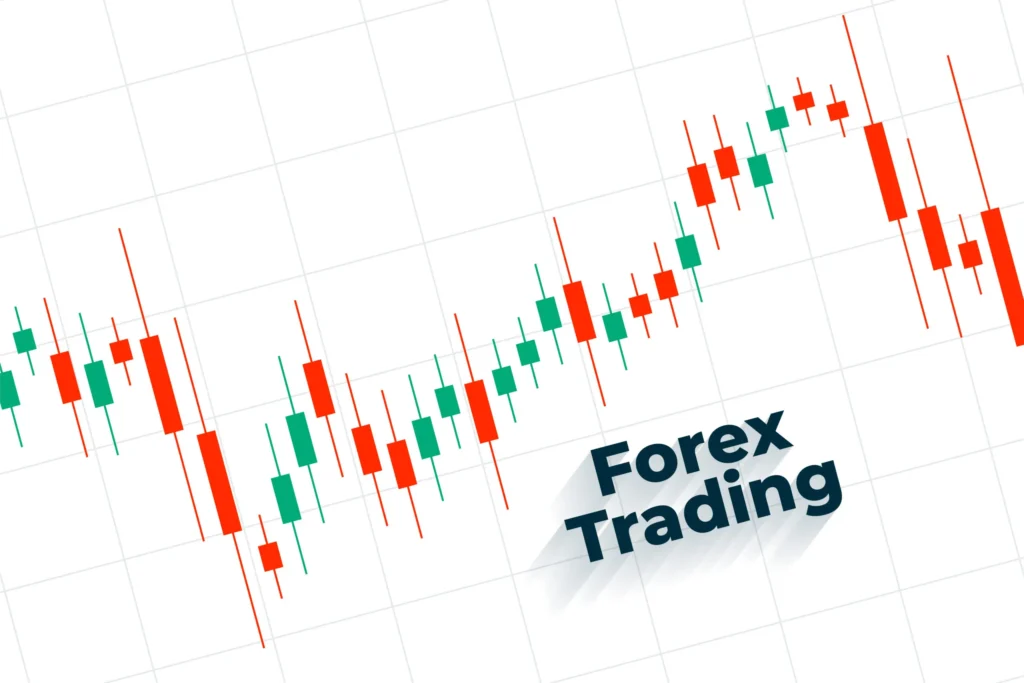
Similarly, the Euro, the official currency of the Eurozone, has been valued at NPR 158.78 (buying) and NPR 159.47 (selling). The British Pound Sterling, often considered one of the strongest currencies globally, is now traded at NPR 186.44 (buying) and NPR 187.26 (selling). Switzerland’s national currency, the Swiss Franc, has also witnessed a solid presence in the exchange rate board. Its value is fixed at NPR 169.42 (buying) and NPR 170.16 (selling) for the day.
Exchange Rates for Other Key Western Currencies
The Australian Dollar is now traded at NPR 89.17 for buying and NPR 89.56 for selling. The Canadian Dollar, often used in trade with North America, is set at NPR 101.17 (buying) and NPR 101.62 (selling). Meanwhile, the Singapore Dollar, which is a popular currency in Southeast Asian trade and tourism, is pegged at NPR 107.24 for buying and NPR 107.70 for selling. The Japanese Yen, which is often quoted in units of 10 due to its lower individual denomination, is fixed at NPR 9.54 for buying and NPR 9.58 for selling per 10 yen.

Asian Currencies: Yuan, Riyals, Dirham, and Ringgit
Among Asian currencies, China’s Yuan is valued at NPR 19.14 (buying) and NPR 19.22 (selling). This rate plays a key role, especially in trade across the northern border. The Saudi Arabian Riyal, widely used by Nepali workers in the Gulf region, is set at NPR 36.62 (buying) and NPR 36.78 (selling). Similarly, the Qatari Riyal is being traded at NPR 37.71 and NPR 37.87 for buying and selling, respectively.
The UAE Dirham, another vital currency for Nepali remittance earners, is fixed at NPR 37.42 for buying and NPR 37.58 for selling. The Malaysian Ringgit, widely used among migrant workers in Malaysia, is valued at NPR 32.37 (buying) and NPR 32.51 (selling). Thailand’s Baht is set at NPR 4.24 (buying) and NPR 4.26 (selling), while South Korea’s Won, often traded in units of 100, is priced at NPR 10.06 (buying) and NPR 10.10 (selling) per 100 won.
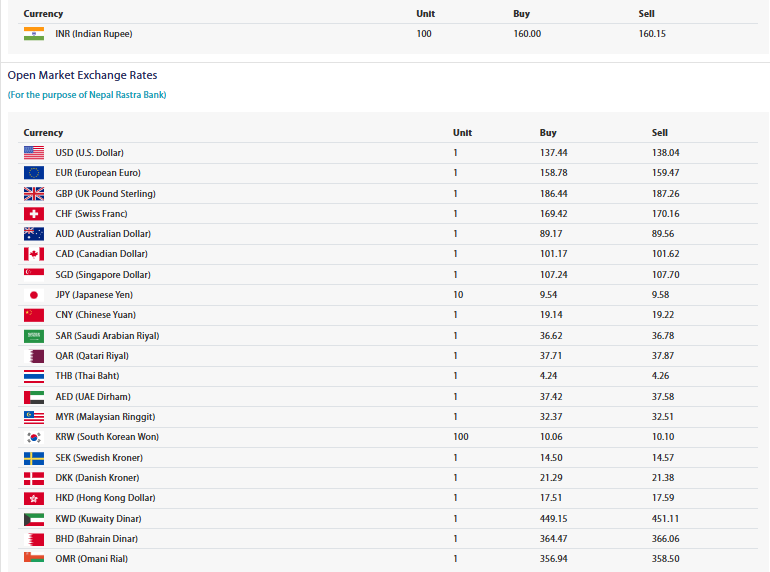
Scandinavian and Other Major Currencies
Among the Scandinavian currencies, Swedish Kroner has been pegged at NPR 14.50 for buying and NPR 14.57 for selling. The Danish Kroner stands at NPR 21.29 (buying) and NPR 21.38 (selling). The Hong Kong Dollar, which plays a notable role in East Asian finance, is fixed at NPR 17.51 for buying and NPR 17.59 for selling.
High-Value Currencies: Kuwaiti, Bahraini, and Omani
Among the highest-valued currencies listed, the Kuwaiti Dinar is traded at a steep rate of NPR 449.15 (buying) and NPR 451.11 (selling). The Bahraini Dinar, another premium currency from the Gulf, stands at NPR 364.47 (buying) and NPR 366.06 (selling). Similarly, the Omani Riyal is priced at NPR 356.94 for buying and NPR 358.50 for selling. These currencies are crucial for the large population of Nepali migrant workers residing in the Gulf nations.

Indian Rupee – A Constant Trade Factor
Due to Nepal’s unique economic relationship with India, the Indian Rupee (INR) is traded differently. As per today’s bulletin, INR 100 equals NPR 160.00 for buying and NPR 160.15 for selling. The INR remains the most frequently used foreign currency in Nepal, especially in border trade and informal market transactions.
Central Bank’s Notice on Exchange Rate Flexibility
Nepal Rastra Bank has emphasized that the published exchange rates are subject to change based on global market movements and internal monetary adjustments. The central bank reserves the authority to revise these rates at any time if necessary.
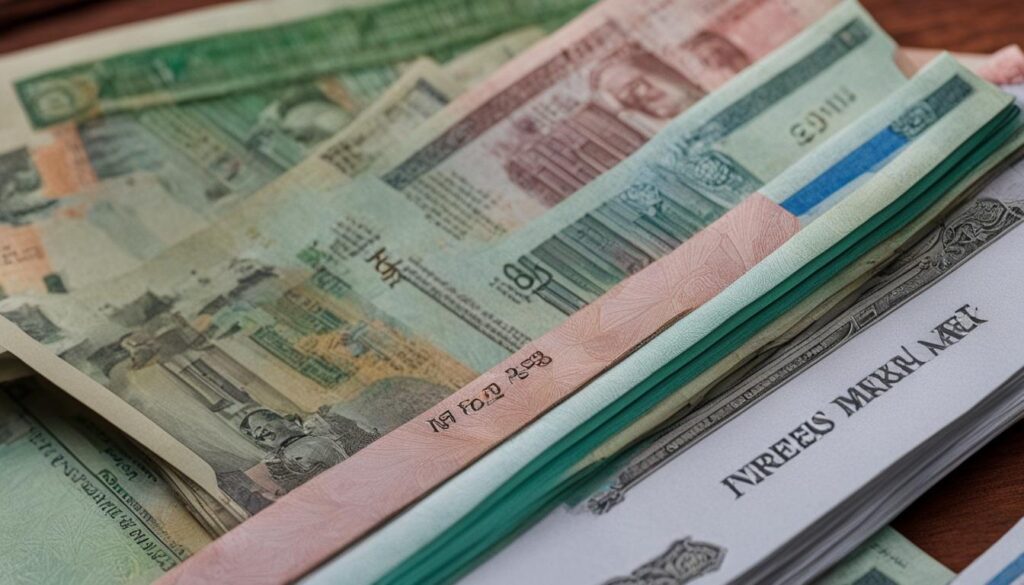
Furthermore, it has clarified that the actual exchange rates offered by commercial banks may vary slightly depending on the institution’s own forex policies. For accurate and real-time updates, the NRB has advised all stakeholders to consult the official Nepal Rastra Bank website.
Today’s foreign exchange bulletin by Nepal Rastra Bank reflects a balanced and diverse outlook of global currency performance against the Nepalese rupee. From widely traded currencies like the U.S. Dollar and Euro to labor-dependent currencies such as the Saudi Riyal and Kuwaiti Dinar, the exchange rates serve as a crucial benchmark for economic activities, including remittance inflows, international trade, tourism transactions, and investment flows. As global markets fluctuate and geopolitical factors shift, Nepal’s foreign exchange system continues to adapt to maintain economic stability and fiscal discipline.
